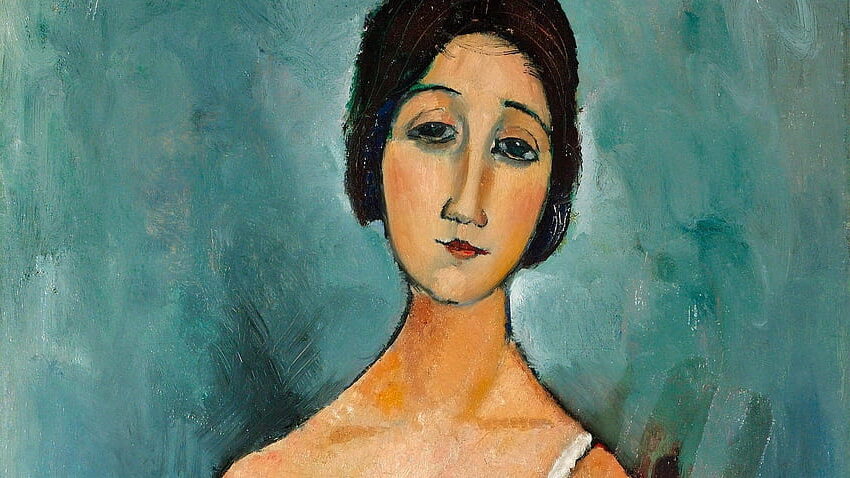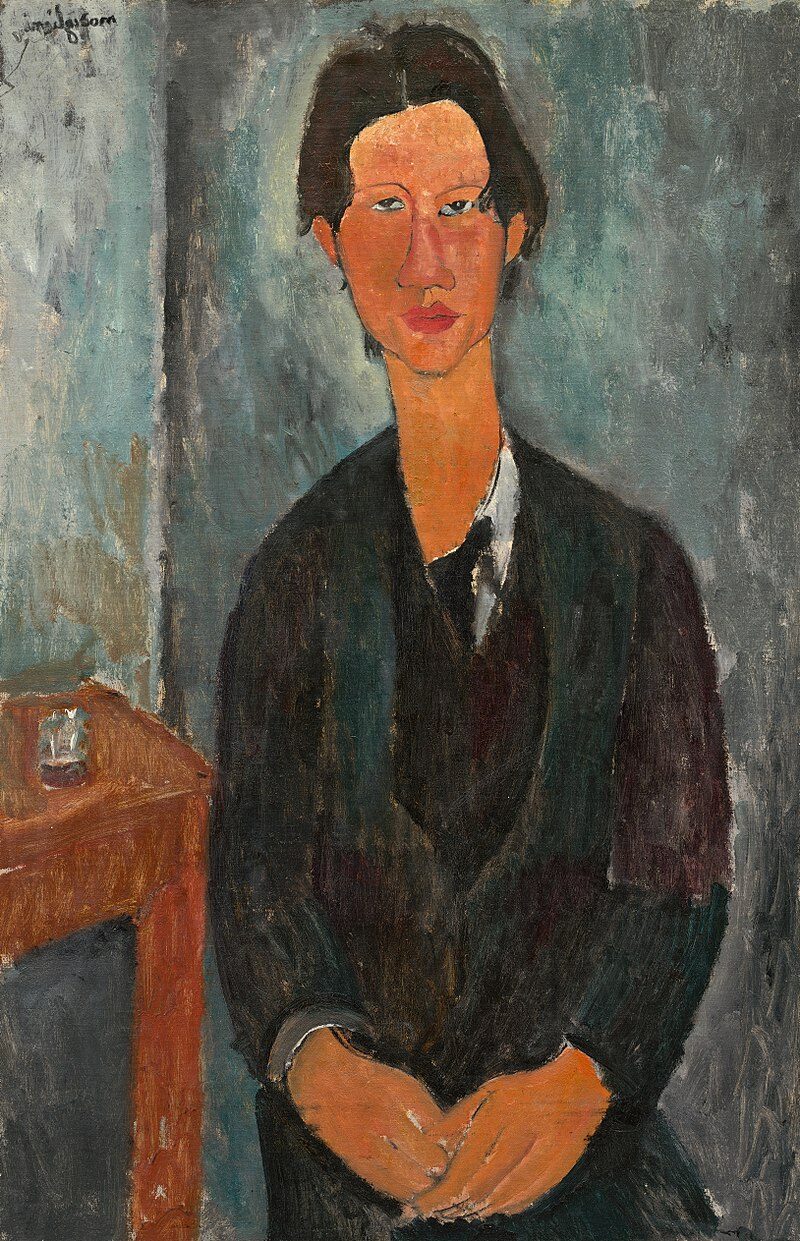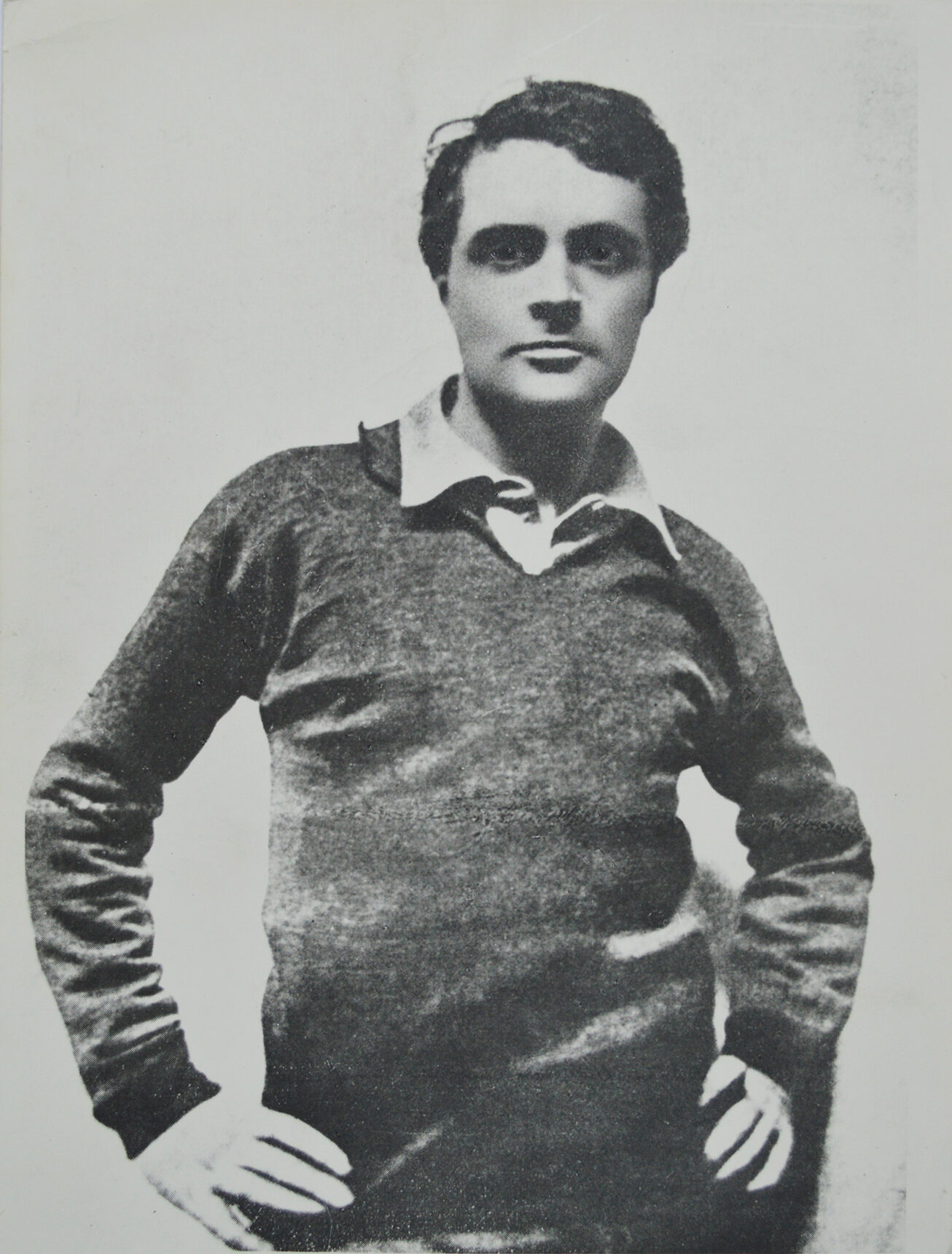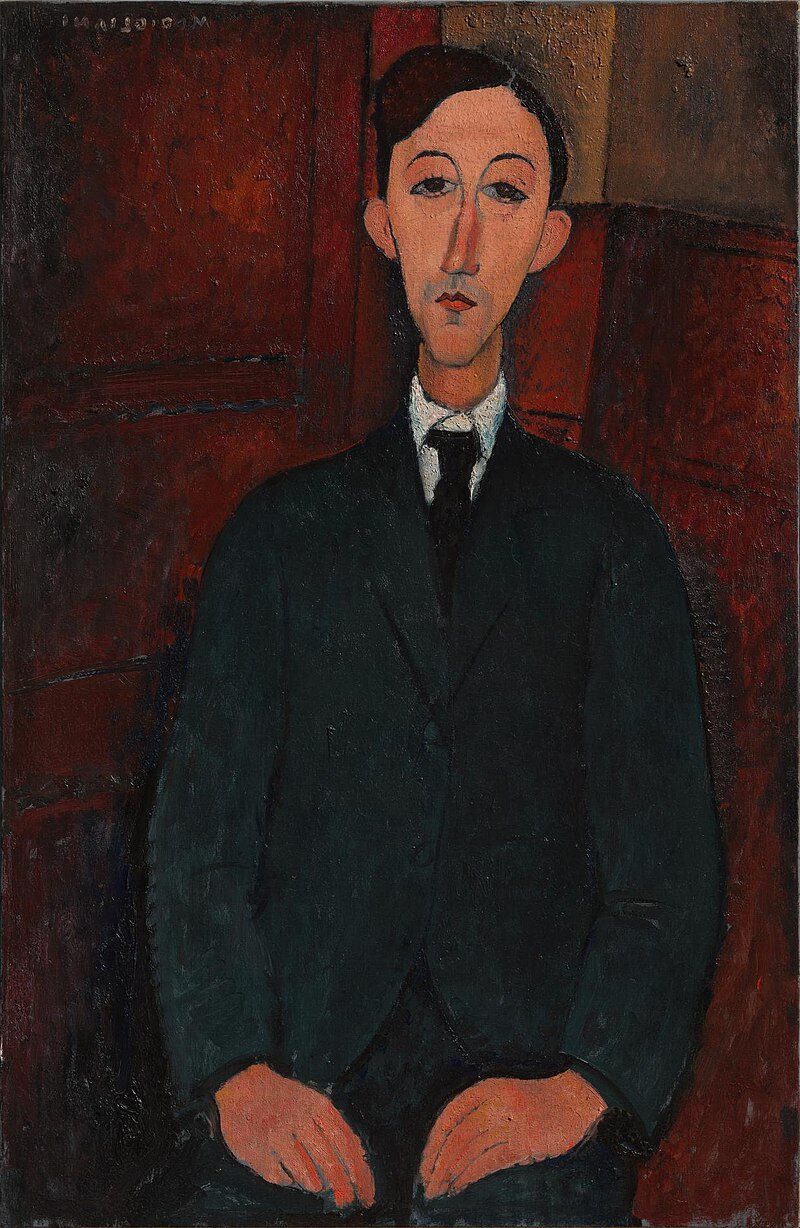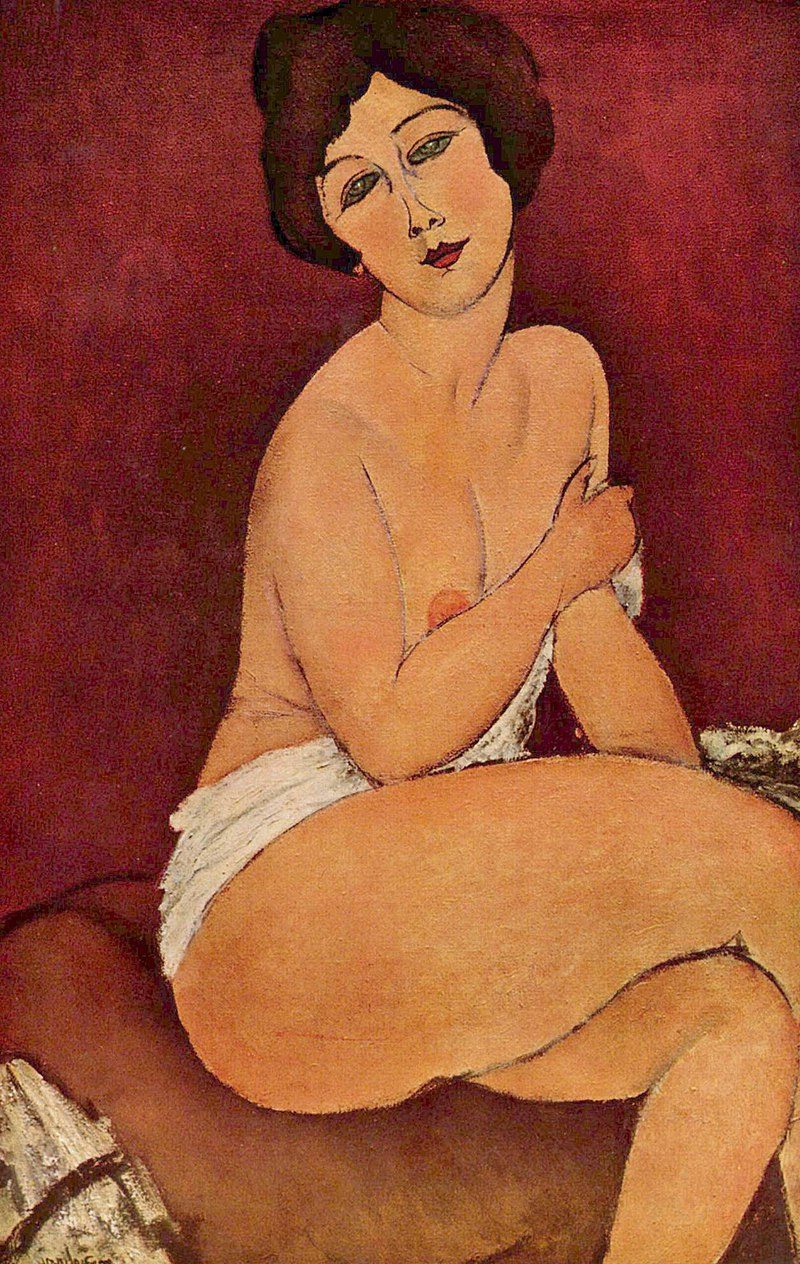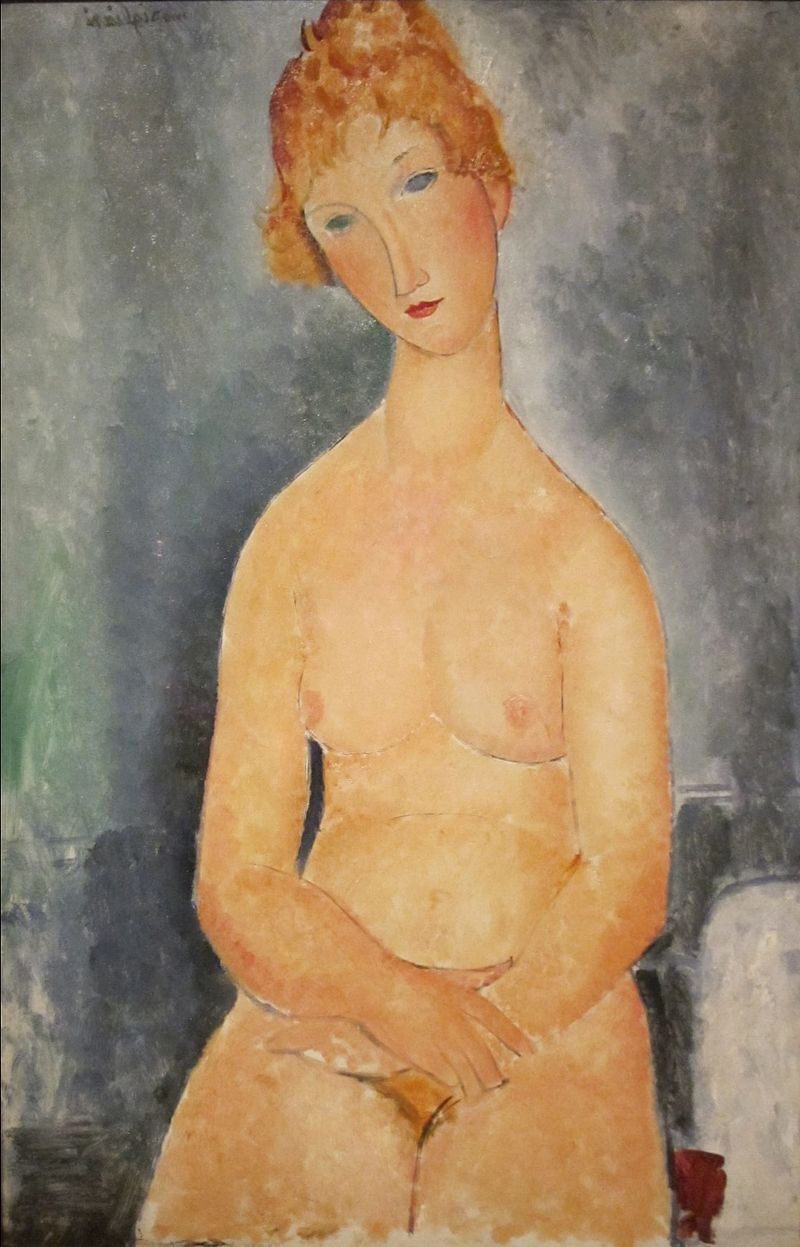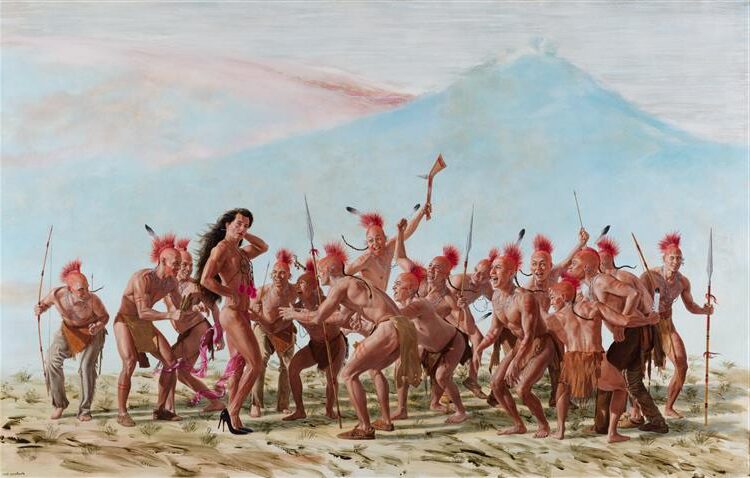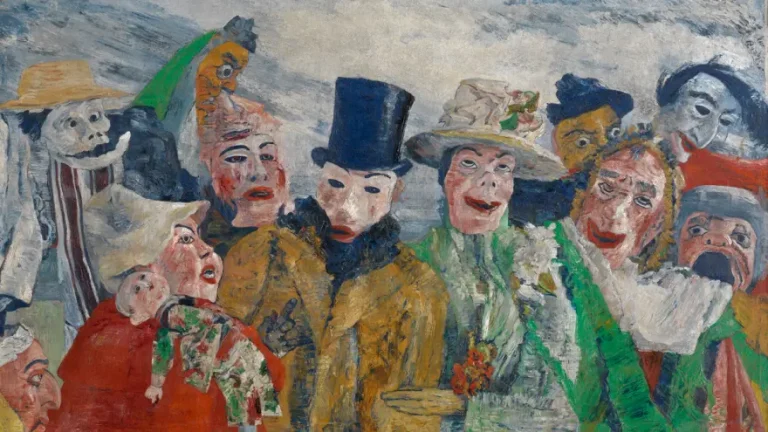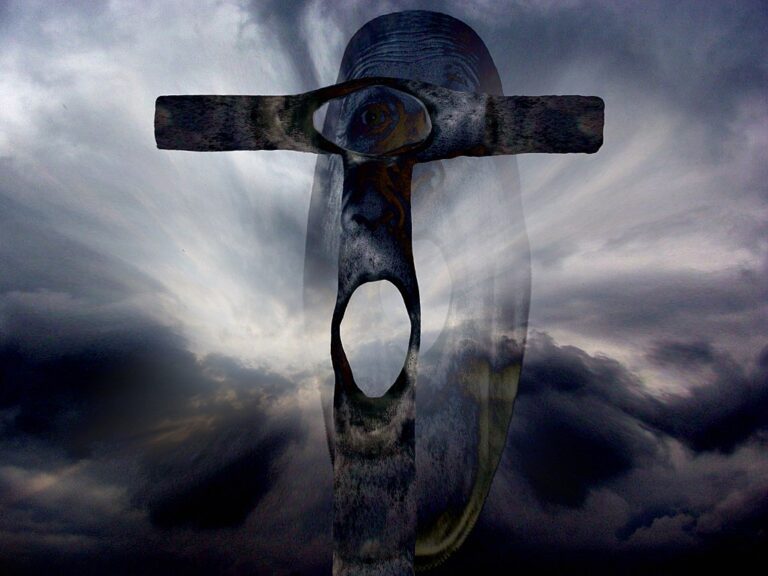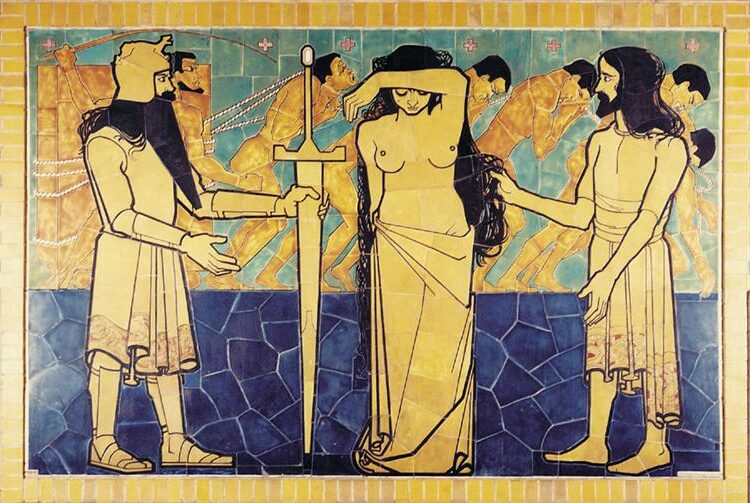Modigliani Paintings: Exploring the Masterpieces and Legacy
Born: 12 July 1884, Livorno, Kingdom of Italy
Death: 24 January 1920, Paris, France
Art Movement: Expressionism
Nationality: Italian
Teacher: Guglielmo Micheli
Institution: Accademia di Belle Arti di Firenze
Modigliani Paintings: Exploring the Masterpieces and Legacy
Life and Career of Amedeo Modigliani
Amedeo Modigliani was born on July 12, 1884, in Livorno, Italy. He grew up in a Jewish family that faced financial difficulties. During his childhood, he battled typhoid fever, which weakened his health.
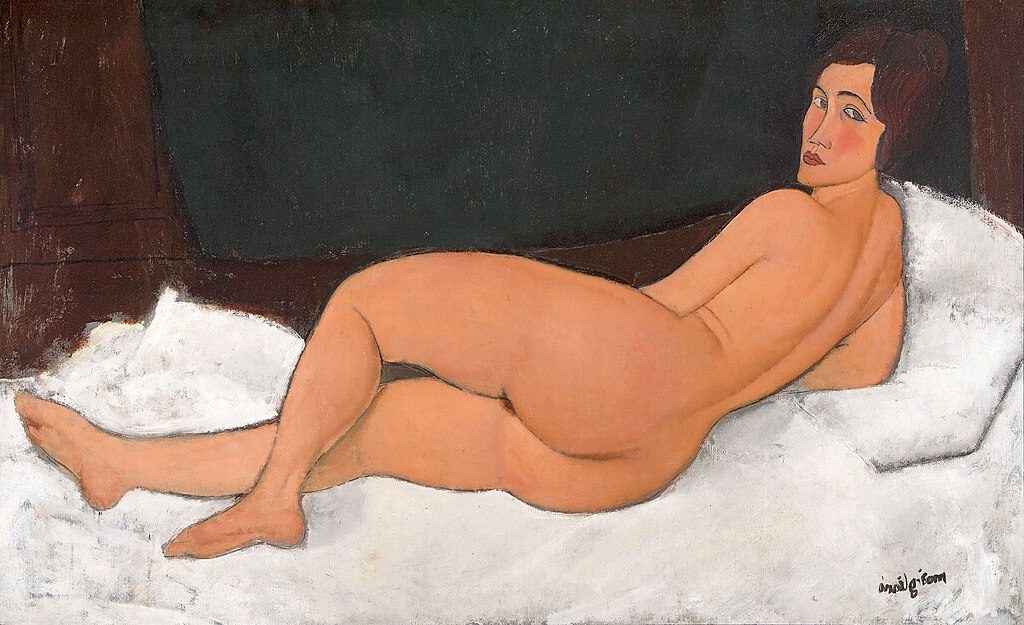
Nu couché (sur le côté gauche) (1917) by Amedeo Modigliani
His artistic journey began in Livorno. Later, he moved to Rome and Naples, soaking in the rich culture of southern Italy. Despite struggling with tuberculosis, he never lost his passion for art.
In 1906, Modigliani moved to Paris, a hub for artists. He lived in Montmartre and entered the École de Paris circle. Despite his talent, he often faced poverty and battled pleurisy caused by ongoing health issues.
Modigliani became known for his unique style, characterized by elongated forms and simple lines. His personal life was equally intense. He formed a deep connection with Jeanne Hébuterne, who became his muse.
Though his career was short, it was impactful. He died on January 24, 1920, in Paris, from tubercular meningitis. After his death, a tragic legend surrounded him, enhancing his fame. His works gained significant recognition, cementing his status in modern art history.
Artistic Influences and Collaboration
Amedeo Modigliani’s art was shaped by various influences, from Renaissance pioneers to modernist peers. His collaborations with fellow artists played a significant role in refining his distinct style.
Early Influences and Studies
Modigliani’s artistic journey began in Italy, where he studied Renaissance art in Florence and Venice. He admired the works of masters like Michelangelo, whose anatomical precision and expressive figures inspired Modigliani’s approach to the human form.

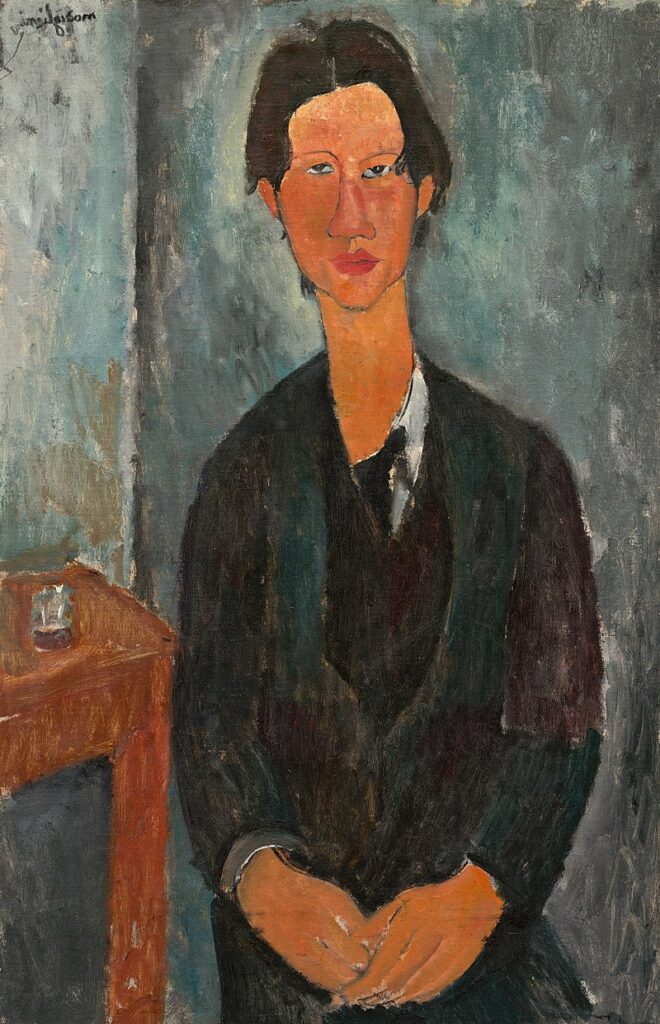
At the Uffizi Gallery and Palazzo Pitti, he absorbed Renaissance techniques, focusing on portraiture.
Under Guglielmo Micheli, Modigliani honed his skills in Livorno. Micheli introduced him to the Impressionists and the expressive potential of color and light.
Exposure to artists like Vincent van Gogh fueled his interest in emotive portraiture. He also studied Toulouse-Lautrec, whose bold lines and dramatic compositions influenced Modigliani’s later works.
Peers and Contemporaries
In Paris, Modigliani was part of the lively School of Paris. He collaborated with renowned figures like Pablo Picasso and Constantin Brâncuși—an influential sculptor.
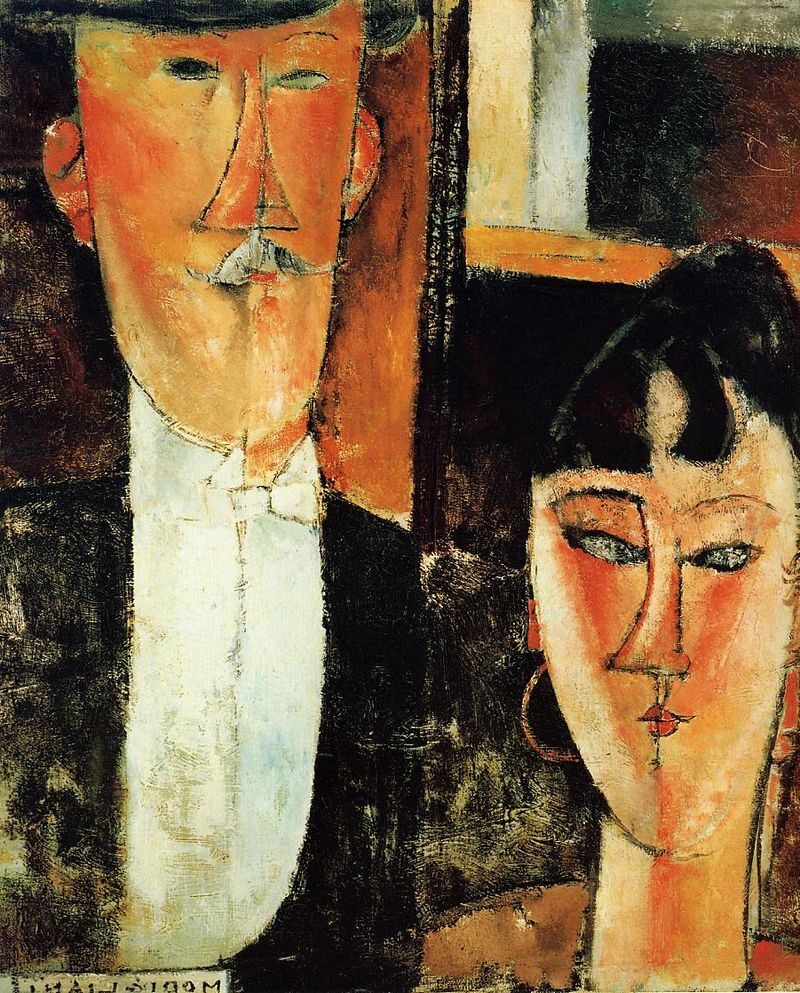
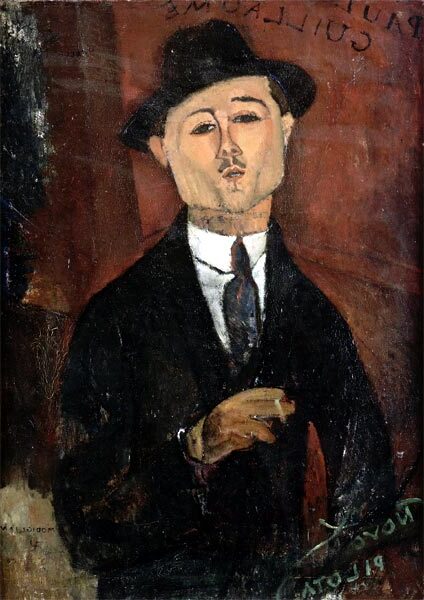
Brâncuși’s minimalist approach inspired Modigliani’s elongated forms, evident in pieces like “Bride and Groom.”
Interactions with Juan Gris and his involvement in Cubism shaped Modigliani’s perspective, though he maintained his unique style. Works like the “Portrait of Pablo Picasso” and the “Portrait of Juan Gris” display Modigliani’s connection to other artists.
Through friendships with Chaïm Soutine, Max Jacob, and André Salmon at Le Bateau-Lavoir, Modigliani enriched his artistic exchanges, allowing him to delve deeper into themes of human identity and expression.
Signature Style and Iconic Works
Amedeo Modigliani’s art is memorable for its distinct aesthetic, characterized by elongated forms and mask-like faces. His works often exude elegance and a touch of mystery, contributing to his reputation as an influential modern artist.
Portraiture and Nudes
Amedeo Modigliani is renowned for his portraits and nudes that reveal his unique style. His paintings often feature surreal elongation of the neck and face. This distinct trait is visible in famous works like “Nu Couché” and “Portrait of Jeanne Hébuterne.” These pieces display sensuality and a delicate balance between realism and abstraction.

Nu couché (sur le côté gauche) (1916) by Amedeo Modigliani
His portrait “The Jewess” is notable for its expressive features. The eyes are typically exaggerated, evoking strong emotion. In “Woman with a Fan,” the use of simple lines and muted colors creates a sense of calm and introspection. “Gypsy Woman with Baby” presents another facet of his ability to capture life.
Sculptural Influence and Modern Style
Modigliani was influenced by sculptural simplicity, particularly the work of Constantin Brâncuși. His paintings often reflect this in their clean lines and simplified forms. The sculpture “Head” shows his interest in African and Southeast Asian art, emphasizing purity of form.
His modern style combines with these sculptural elements, as seen in “Madame Kisling” and “Portrait of Beatrice Hastings.” The works feature clear outlines and subtle use of color, drawing attention to facial expressions. This distinct style continues to captivate and inspire, leaving a lasting mark on art history.
Cultural Impact and Legacy
Amedeo Modigliani’s art has left a significant mark on the world of modern art. Known for his elongated figures and distinctive style, his portraits and nudes remain captivating. Despite facing challenges as an alcoholic and drug addict, his dedication to his art never waned.


In the Berthe Weill Gallery, Modigliani’s work was first introduced to the Parisian art scene. Berthe Weill played a critical role in showcasing his unique ability, as did the renowned Salon d’Automne.
His influence extends beyond paintings. Jacques Lipchitz, a contemporary sculptor, noted Modigliani’s passion for limestone sculptures. This can be seen in works like his caryatids and the well-regarded sculpture, “Tête.”
Modigliani’s multicultural influences came from his admiration for African sculpture and the art of antiquity. This blend created a unique style that resonated with the Cubists and avant-garde artists.
Exhibitions and publications have helped cement Modigliani’s legacy. Authors like Blaise Cendrars and artists such as André Derain have acknowledged his impact. Montparnasse, where Modigliani lived, became a hub for artists in part due to his presence.
His short life was marked by struggle, yet his work has lived on, inspiring countless exhibitions worldwide. Modigliani’s artistic legacy continues to influence and inspire new generations of artists and art lovers alike.
Frequently Asked Questions
Amedeo Modigliani’s paintings are recognized for their distinct style, influenced by his background and personal technique. The value and rarity of his works play a significant role in the art market, highlighting their importance among collectors and art enthusiasts.
What are the defining characteristics of Amedeo Modigliani’s painting style?
Modigliani’s painting style is known for elongated forms and graceful lines. His portraits often feature simplified faces and almond-shaped eyes. This unique approach gives his subjects an elegant yet haunting appearance.
How has Amedeo Modigliani’s background influenced his portrait work?
Growing up in Livorno, Italy, in a Jewish family, Modigliani was exposed to a rich culture. His background instilled a diverse range of influences, contributing to his unique approach to portraiture and emphasis on human expression.
What factors contribute to the value of a Modigliani painting in the art market?
The value of a Modigliani painting relies on its historical significance, provenance, and exhibition history. Factors like authenticity, demand among collectors, and the influence of the artwork on modern art also impact its value.
How does the rarity of Modigliani’s paintings affect their collectibility and price?
Due to his relatively short life and limited output, Modigliani’s paintings are rare. This scarcity increases their appeal among collectors, often leading to higher prices at auctions and galleries.
In what ways did Amedeo Modigliani’s approach to painting eyes differ from traditional portraiture?
Unlike traditional portraits with detailed eyes, Modigliani often depicted eyes as empty or simplified. This approach drew attention to the soul of the subject and highlighted the emotional depth of his portraits.
What are some of the most celebrated Modigliani paintings, and what makes them significant?
Some of Modigliani’s most famous works include “Portrait of Jeanne Hébuterne” and “Nu Couché.” These paintings are celebrated for their distinct style and emotional depth. They showcase his mastery in capturing the essence of his subjects.

